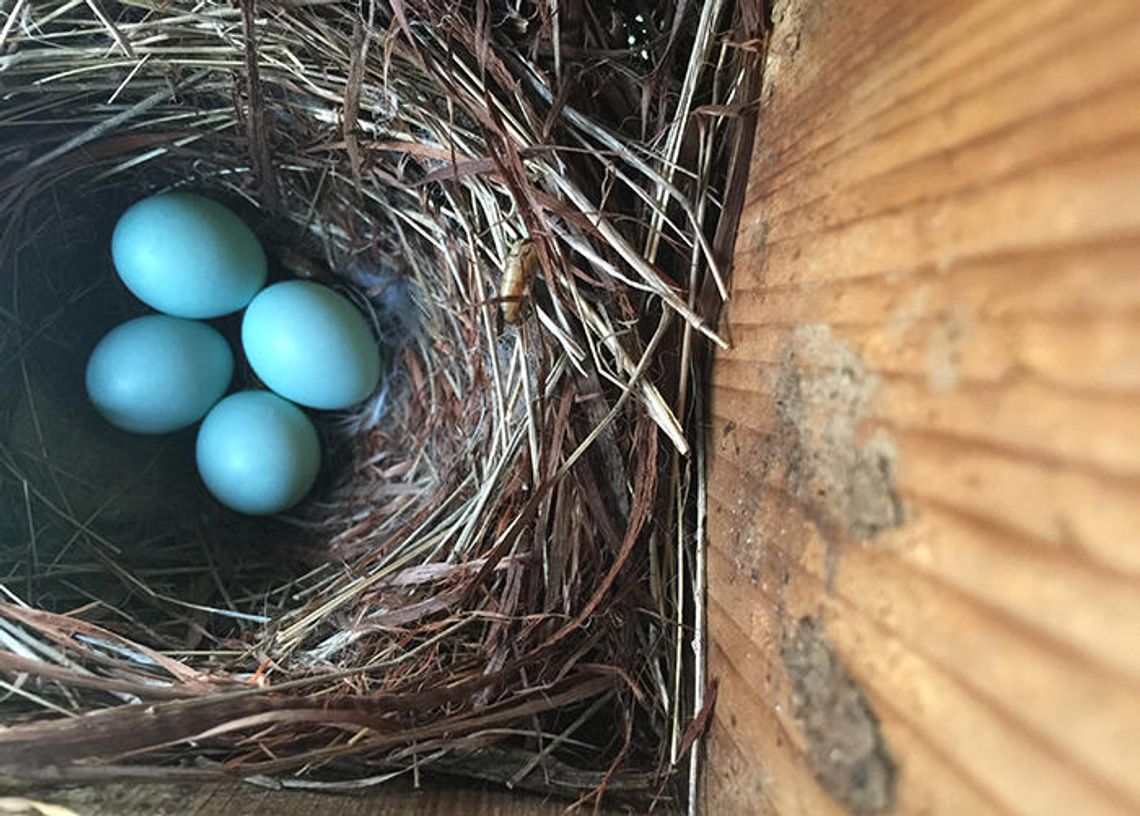[dropcap]T[/dropcap]his week, just four subjects: Owl, Paulownia, blue eggs, and NestWatch app.
Laura Craig stopped by to see one of the Screech Owls frequenting the ledge of our Owl Shack. RonTom and I know we have “two” because one is a red morph. Look! Laura captured a pesky squirrel harassing the owl.
PLEASE LOG IN FOR PREMIUM CONTENT. Our website requires visitors to log in to view the best local news.
Not yet a subscriber? Subscribe today!










